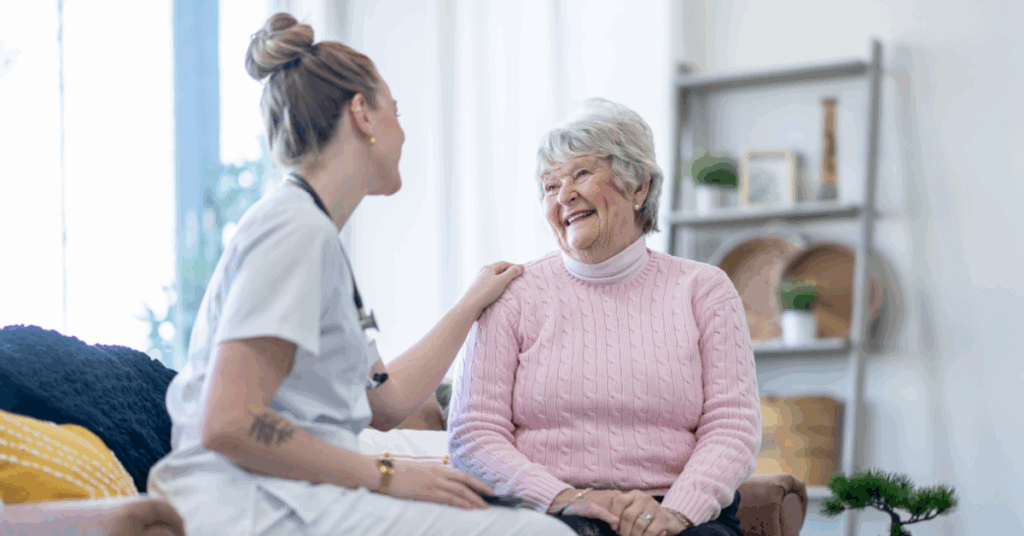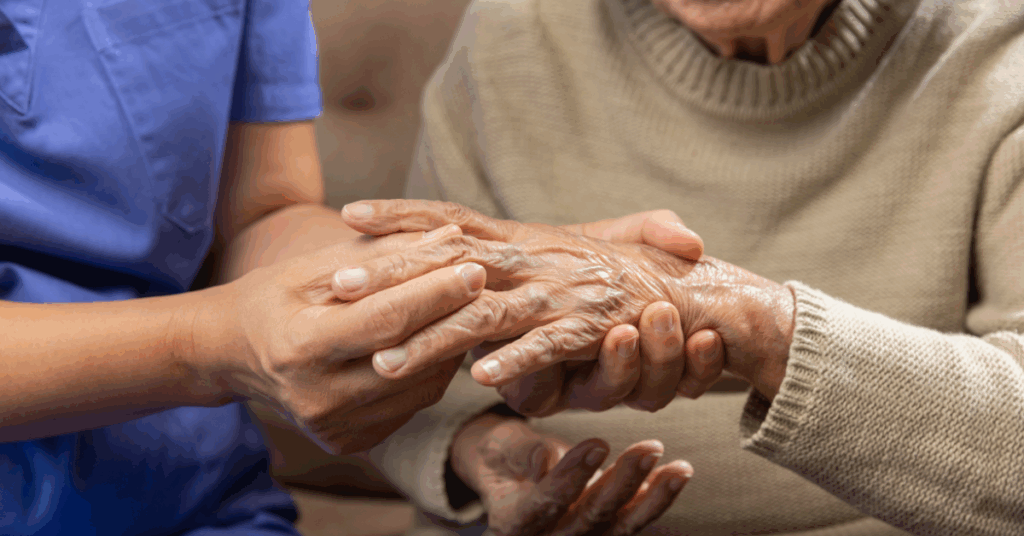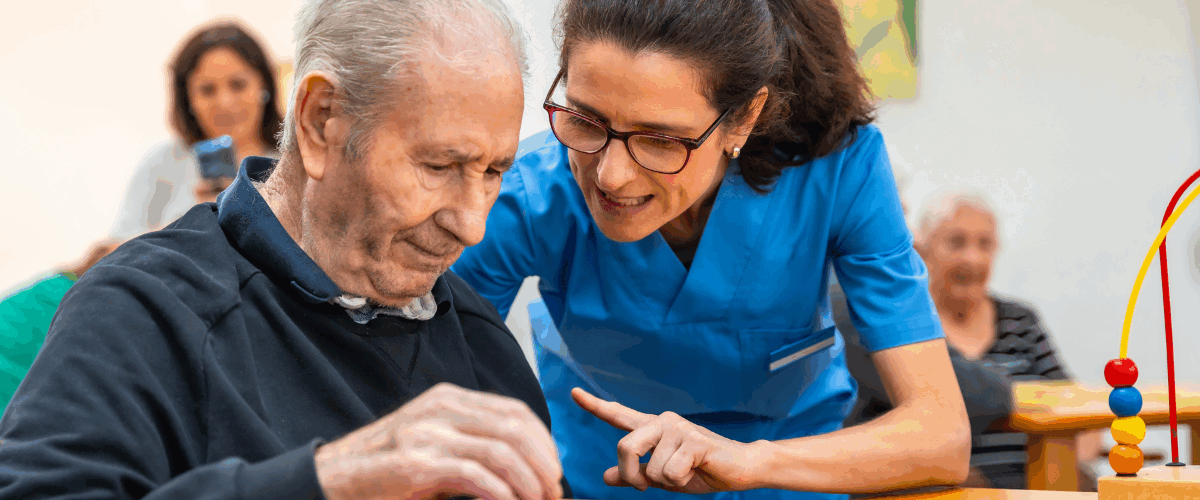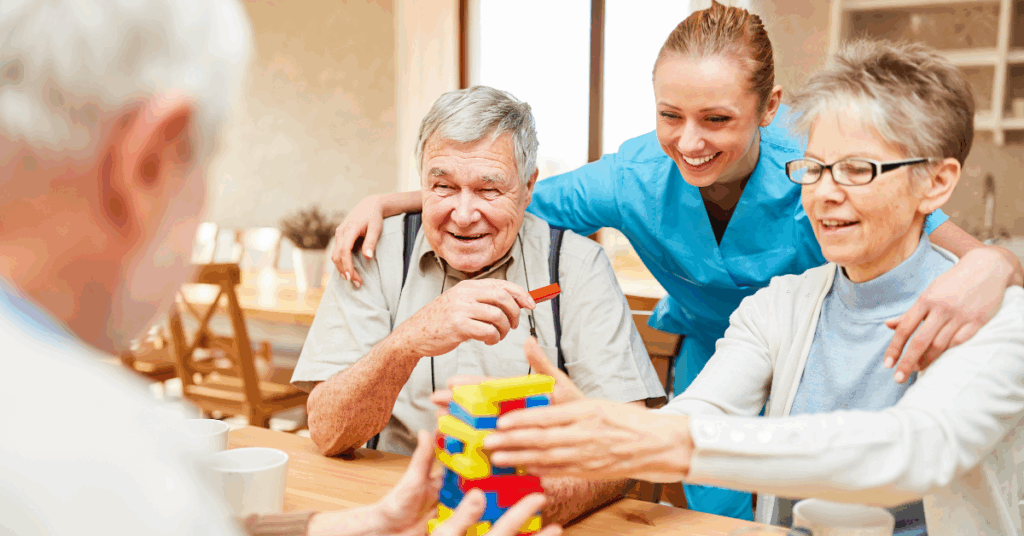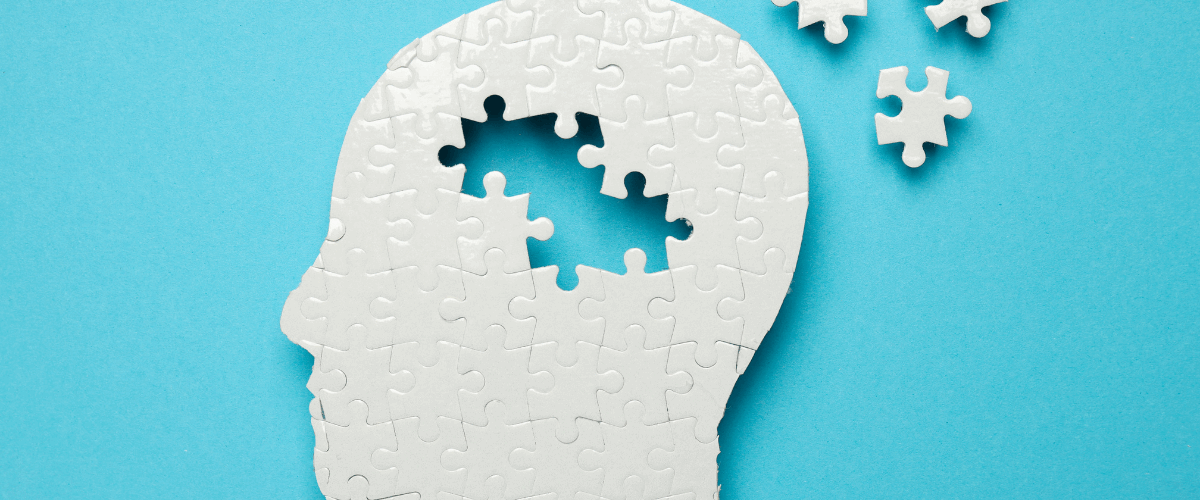
Dementia Care & Nature’s Benefits
When someone you care about faces memory challenges, the simple act of stepping outside can become a source of unexpected comfort. Nature offers something special that indoor spaces simply cannot match, particularly for older adults experiencing cognitive changes.
Sunlight works quietly but powerfully to support cognitive health for our loved ones. Spending time in natural light follows a sweet spot pattern, with the greatest benefits. Exposure to residential sunlight has shown connections to better cognitive function in older adults, particularly helping with visual memory, learning new things and maintaining focus.
Simple Outdoor Activities That Bring Joy
Finding meaningful outdoor activities can create cherished moments for someone in dementia care in Tacoma, WA. Stepping outside offers more than fresh air—it provides gentle sensory experiences that can calm the mind and lift the spirit.
Morning walks and peaceful strolls
Start with short, unhurried walks during quieter morning hours when the person may feel more refreshed. These walks don’t need to be lengthy—even brief outdoor moments provide meaningful benefits. For those with mobility challenges, simply sitting on a porch or in a garden allows them to experience the gentle stimulation of outdoor light, sounds and fresh air.
Gardening as gentle therapy
Horticultural therapy offers unique benefits through sensory engagement and purposeful activity. Simple tasks like watering plants, arranging flowers or planting seeds provide tactile stimulation while fostering a sense of accomplishment. These activities have demonstrated improvements in sleep patterns, with significant reductions in nighttime awakening frequency and duration.
Watching birds, clouds and children play
Birdwatching offers a peaceful activity that encourages observation and presence. Setting up bird feeders visible from comfortable seating areas creates daily opportunities for engagement. This activity stimulates conversation and reminiscence as different birds visit.
Simple games and movement in the yard
Outdoor spaces offer perfect settings for gentle physical activities. Games like ring toss or balloon activities encourage movement and social interaction without requiring complex rules. These activities improve coordination while creating opportunities for laughter and connection.
Helping Loved Ones Embrace the Outdoors
Encouraging a loved one with dementia to venture outdoors often requires patience, creativity and understanding. Unlike introducing activities to someone eager for new experiences, caregivers must navigate complex emotions and physical limitations with compassion.
Overcoming hesitation and fear
Many people living with dementia experience anxiety about outdoor environments. Fears of falling, getting lost or encountering uncomfortable weather conditions can create significant barriers.
Preparation alleviates anxiety tremendously. Dress appropriately for the different weather and remember that people with dementia may not recognize when they’re cold or overheated. Timing matters too, avoid windy conditions as they can be particularly disorienting for someone with cognitive challenges.
Making outdoor time part of the daily routine
Consistency creates comfort. Schedule outdoor activities during the person’s best time of day, typically in the morning when energy levels are higher. Keep initial outings brief; some minutes can provide meaningful benefits without causing fatigue or overstimulation.
Incorporate elements of familiarity. Familiar routes and settings reduce anxiety about getting lost and help maintain confidence.
Involving family and friends in outdoor care
Outdoor activities provide perfect opportunities for meaningful intergenerational connections. Children and grandchildren can participate in simple activities like feeding birds or planting flowers, creating moments of joy and purpose. These shared experiences often prompt conversation and reminiscence.
Great Moments Await Outside
Nature therapy represents a precious gift you can offer someone experiencing memory challenges. While dementia may alter many aspects of life, the healing power of outdoor experiences remains accessible.
Your loved one deserves these moments of connection, purpose and peace that only nature provides. Their joy during these experiences becomes the most important outcome of all.
Call (253) 474-1741 to schedule a tour of People’s Senior Living and see how our community supports these meaningful outdoor connections for dementia care residents in Tacoma.
FAQs
Q1. How does spending time outdoors benefit people with dementia?
Outdoor activities can improve cognitive function and reduce anxiety for individuals with dementia. Even short periods in nature can help maintain healthy sleep patterns, boost mood and provide meaningful sensory experiences that stimulate the brain.
Q2. How can I create a dementia-friendly outdoor space?
To create a dementia-friendly outdoor space, focus on accessibility and familiarity. Use smooth, non-slip surfaces for pathways, provide ample seating and shade, incorporate familiar objects as landmarks and ensure the area is appropriately fenced. Consider raised garden beds and contrasting colors to aid navigation.
Q3. What if my loved one with dementia is hesitant to go outside?
Address their concerns compassionately and start with short, consistent outings during their best time of day. Ensure proper clothing and assistive devices if needed. Focus on familiar routes or settings to reduce anxiety. Remember that even brief outdoor moments can be beneficial.
Q4. Can outdoor activities help with emotional memories in dementia patients?
Yes, outdoor activities can stimulate emotional memories in people with dementia. Nature-based experiences often trigger positive feelings that can persist even when factual recall fades. These emotional connections can provide moments of clarity and joy, accessing neural pathways that remain more intact despite cognitive decline.
